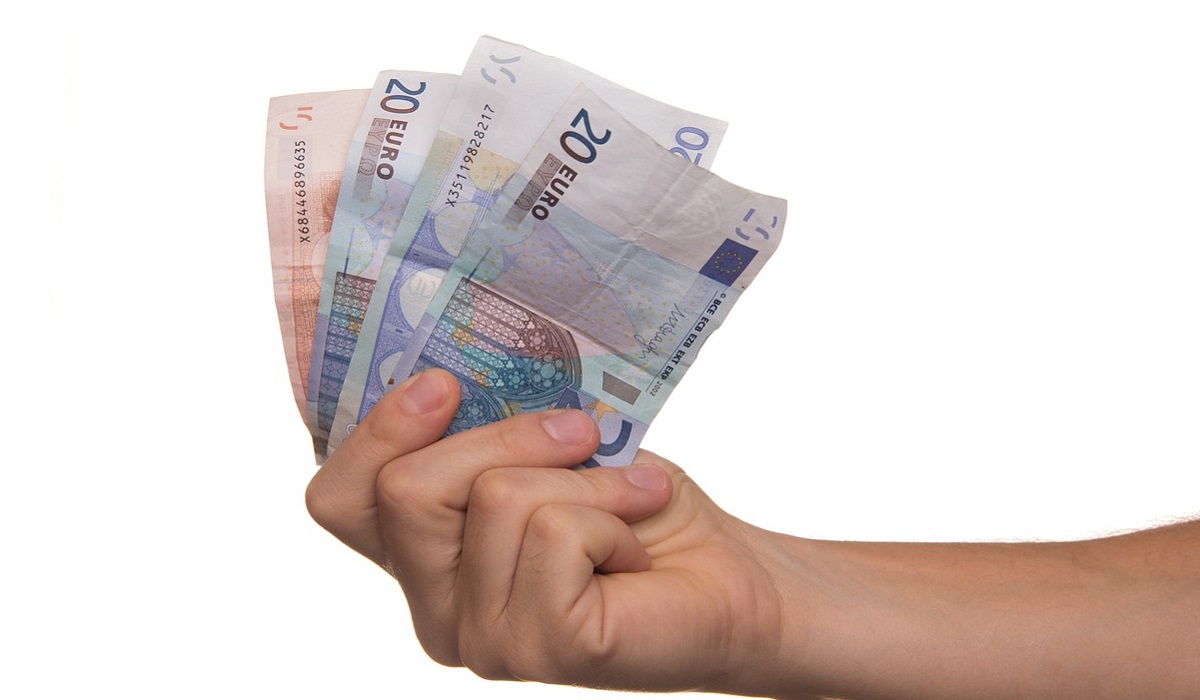A phone trade-in allows you to hand over a phone that you currently own to pick up a brand new one that you are interested in. Trading in your phone is a convenient way to purchase a new phone without having to pay the full cost. The phone you are trading in is valued by the retailer and all you have to do is pay the outstanding amount to complete the price of the new phone you want.
Many telecom operators and carriers around the world have a phone trade-in service. From Verizon, T-Mobile, and AT&T in the United States, to Tesco, Vodafone, and Three in the UK, you can trade in your smartphone, tablet, or smartwatch and receive cash or credit toward your next device. In addition to telecom operators, some phone brands (e.g. Apple, Samsung) and independent stores also let you trade-in your phone.

How Phone Trade-in Works
Trade-in services evaluate your existing phone and assign a monetary value to it, usually a fraction of the cost of a brand new unit. This value is deducted from the selling price of the new phone that you want to buy. All you have to do is pay the balance and you walk out of the store with your brand new phone.
When you do a trade in, your old phone is collected from you. Some trade-in programs allow you to mail in your existing phone, so you do not have to leave your house. The new phone is also delivered to you. This depends on the telecom operator or retailer.
What to do before trading in your phone
Because you will be handing over your phone during a trade-in transaction, you want to be sure that you do not leave your private information or other sensitive data on the phone when turning it over. Here are the things you need to do before trading in your phone.
- Back up your device: This includes backing up your personal information, photos, audio, videos, documents, contacts, calendars, apps, settings, etc. You can do an offline backup to your PC or via expandable memory. Or you can do an online backup via iCloud for iPhone, iPad, and iPod, or via Google for Android phones. You will need this backup so you can restore your data on the new phone.
- Factory Reset your device: A factory reset wipes your smartphone or other device clean. It removes everything – contacts, media, documents, apps, settings, etc.
- Remove the SIM card: You will need your SIM card for your new phone, so do not forget it in the phone you are trading in. Remove it
- Remove your SD card: If your current smartphone supports memory cards and you have one in it, do not forget to remove it before trading the phone in.
- Factory Reset a second time: When you factory reset your device the first time, the data is not irretrievable. Any malicious actor with the right tools can retrieve data from a device that has been wiped once. Wiping it a second time makes it more difficult, if not impossible, for any data to be extracted from your phone by a malicious actor. So, do the factory reset thing again. It will only take a few moments this time. Read more about how to permanently delete data from your Android phone.
Who is eligible to trade in a device?
Both new and existing subscribers of a mobile operator are eligible for a trade-in as long as they carry out a qualifying transaction. Such transactions may include a contract subscription, or a pay-as-you-go subscription, for voice and/or data. If you are using an independent retailer or service provider, they will have their own terms and conditions.
When should you trade in your mobile phone?
From personal experience, it is a waste of time and money trying to trade in a new phone (one that is only a few weeks or months old). You will not get a good value for it. As a matter of fact, the value offered might feel downright insulting. As such, I recommend that you do not attempt to trade in a device that you have used for less than 9 months. As a rule, the older your current smartphone (especially if you have kept it in excellent condition), the better the trade-in value you will get.
- Don’t miss our mobile phone reviews.
- Follow us on Instagram, Facebook, Twitter, and YouTube.

